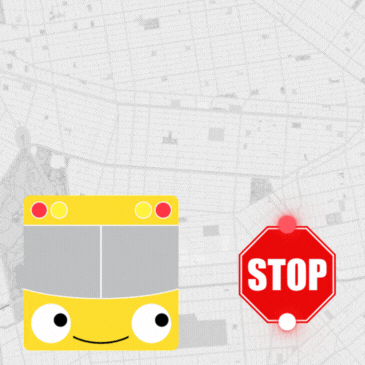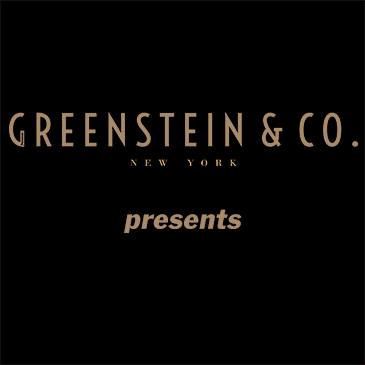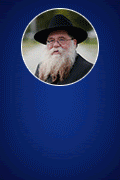
A Spine Is A Terrible Thing To Waste! – Are All Our Faculties Headed In The Same Direction?
You’re sitting on a plane buckled-up in your seat, the plane is pushing back. You’re ready to relax – read a book, close your eyes and catch up on some badly needed sleep — but there’s one more piece of business to be taken care-of before you can kick back; the airline safety demonstration. This, you know, is when the flight attendant gets up to do her/his little buckle-vest-mask ditty.
“. . . The cabin is pressurized for your comfort and safety. In the unlikely event of a cabin decompression, oxygen masks will automatically drop from a compartment above your seat. To start the flow of oxygen reach up and pull the mask closest to you. . . Place the mask firmly over your nose and mouth, slip the elastic strap over your head and breathe normally. Tighten by pulling on the ends. The bag does not need to inflate for oxygen to be flowing to the mask.”
Then, almost as a side note, comes a little piece of additional advice: “If you are seated next to a small child or someone needing assistance, ‘secure your own mask first and then assist the other person!’”
Have you ever wondered why they would say something like that? Why it is necessary to secure your own mask before trying to assist the passenger next to you, even if that person is physically challenged? Is it not somewhat inconsiderate and selfish?
The answer is that one is not in any position of assisting others, while himself threatened by the impending danger. In order to be of help to the guy next to you, you must first see to it that you yourself are out of peril.
The wisdom and application of this FAA safety regulation reaches far beyond the scope of air travel and oxygen masks. The notion that we are not able to help others while ourselves victims of the ailment at hand, is indeed a fundamental axiom of life. It is as true within the spiritual realm as it is in the physical.
This explains the significance and order of the High Holidays and proceeding Sukkos festival. The mission of the Jew is to transform the world into a G-dly domain. “And they shall make for Me a Sanctuary, and I will dwell amongst them” (Ex. 25:8). However, in order to accomplish this one must first transform oneself.
The holiday of Sukkos marks the beginning of our interaction and transformation of the outside world in the New Year. This is expressed through our observance of the Mitzvah of Sukkah and the Four Species, which include various types of material objects and activities.
On Sukkos we are enjoined to literally leave our homes and holy sanctuaries in exchange for outdoor booths – to become involved with the natural and physical elements of the earth. On this holiday we are further called upon to concern ourselves with the broader universe by offering seventy bullocks in the holy Temple. These seventy bullocks were brought as a sacrifice for each of the gentile nations with whom we share the planet.
Our objective to transform and unite the entire universe under the banner of the Almighty G-d is further underscored in the Haftorah of the first day of Sukkos, in which it is prophesied about the observance of the Sukkos holiday by the gentile nations.
Yet before we can celebrate the festival of Sukkos, we must observe the holidays of Rosh Hashanah and Yom Kippur. Before we can embark upon the critical endeavor of world transformation, we must first experience the self reflection and introspection of Rosh Hashanah and Yom Kippur.
Only through inner-alignment and unification with our essential core and mission; the self-discovery and healing stemming from the High Holidays, have we the capacity to harness and fuse the less unified elements of the universe and channel them towards their true Divine objective and purpose.
With the advent of the Sukkos festival we are ready to face the world. On Sukkos we embark on our essential purpose and mission of engaging and elevating the lower dimensions of life, albeit gradually and cautiously.
At first we are selective of the materials with which we engage, the Esrog, Lulav, etc. We’re told to go out, yet not to venture too far; to stay within the Sukkah’s protective shield. Only with time do we continue to venture further outward.
Upon the close of the holiday season we are ready to return to our jobs and vocations; the broad range of the material matters at which we spend the majority of our time and energy. By the time the holiday of Chanukah comes around we find ourselves lighting Menorah’s in the middle of the city square. We are ready to enter and light-up the darkest corners of the world.
But we must not get ahead of ourselves. We cannot plunge head-long into the mundane and defiant world of materialism, lest we become consumed. We must rather take gradual and cautious steps.
After the world withdrawal and inner awareness, associated with the High Holidays, the Torah reintroduces us to the physical plateau by means of selective objects. Each of these items bears a host of critical lessons regarding the nature and method of reentering the material domain without becoming consumed or compromised.
Let us focus here on one such lesson. We are enjoined to take four distinct species – the citron, the palm branch, the myrtle and the willow – and to connect them all to the palm branch while we wave them in all directions.
The four species, we are taught, represent four key components of the human anatomy. The Esrog, by virtue of its elliptical figure, signifies the heart. The long slim Lulav symbolizes the spine. The eye shaped myrtle leaf represents the eye, and the willow leaf, due to its oblong contour, denotes the mouth.
By binding them all together, we are reminded that while we enter the chaotic and fractured world of “without” we must remain united and focused “within.” All our faculties must be headed in the same direction. If we are, Heaven forbid, to become fragmented within, we will not be able to withstand the pressures from without and are certain to lose direction.
We are furthermore instructed to bind all the species specifically to the Lulav – the spine. This is to underscore that while we enter the material domain with the intent of elevating it – while we must find a way to make peace with the physical and mundane – we must not lose our spine in the process, we must not sell our soul short, for that is tantamount to failure.
Jewish history is fraught with examples of this sad phenomenon. How many movements have set-out to bring the word of G-d and Torah to the world but have lost their direction along the way? Jews are by nature champions and advocators of goodness; always trying to fix the world and improve humanity, but have we lost our identity in the process?
A Christian acquaintance of mine is wont to ask: “Why do the people who gave the world the gift of true religion, now try so hard to take it away? The obvious answer is that we have lost direction. As one wise man put it: “The Jewish people are often like the messengers who’ve forgotten the message.”
Let us take the lessons of the holiday of Sukkos and the four species to heart. Let us remember that if we wish to accomplish our Divine purpose and mission in life, we must maintain our spine. If we desire to elevate the mundane world and not become degraded by it, we must bind all our faculties to the Lulav – spine.
In doing so, we will indeed stay focused on the mission at hand – to make the world a dwelling place for G-d, with the coming of the righteous Moshiach.
Gut Shabbos, Gut Yom Tov un a Freilachen Sukkos.














wow
very nice dvar torah,really amazing,and intersting
well done